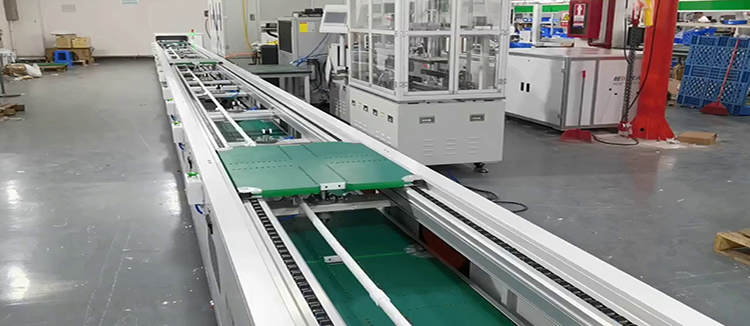Understanding the Role and Importance of Boosting Cylinders in Industrial Applications
Boosting cylinders are integral components in various industrial systems, playing a crucial role in the enhancement of pressure and force. These mechanical devices are designed to amplify the input force to achieve a greater output force, thereby increasing the efficiency and effectiveness of numerous processes. In this article, we will delve into the workings of boosting cylinders, their applications, and the significance they hold in modern industrial operations.

The term "Boosting cylinder" refers to a type of hydraulic or pneumatic cylinder that is specifically engineered to increase the force exerted by a system. These cylinders are often used in applications where high pressure and force are required, such as in heavy machinery, construction equipment, and industrial presses. The boosting cylinder operates by converting the input energy, whether it be hydraulic or pneumatic, into a mechanical force that is significantly greater than the input force.

One of the primary benefits of using a boosting cylinder is its ability to provide a controlled and precise output force. This is particularly important in applications where the force must be carefully regulated to ensure the safety and integrity of the equipment and the process. For instance, in a hydraulic press, a boosting cylinder can be used to ensure that the pressure applied to the material being pressed is consistent and within the required parameters.

The design of a boosting cylinder is such that it can handle high pressures while maintaining a compact size. This is achieved through the use of advanced materials and engineering techniques that allow for the efficient transfer of energy. The cylinder is typically composed of a cylinder barrel, a piston, and a piston rod, with seals and other components that ensure the proper functioning of the system. The boosting cylinder's compact design allows it to be easily integrated into existing systems without requiring significant modifications.
Another advantage of boosting cylinders is their durability and reliability. These cylinders are built to withstand the rigors of industrial use, with materials and construction that can resist corrosion, wear, and tear. This ensures that the boosting cylinder can operate continuously for extended periods without the need for frequent maintenance or replacement, reducing downtime and increasing the overall efficiency of the industrial process.
In terms of applications, boosting cylinders are used in a wide range of industries. In the automotive industry, they can be found in the assembly lines, where they are used to apply the necessary force to assemble car components. In the construction sector, boosting cylinders are used in machinery such as excavators and bulldozers to provide the necessary force for digging and moving heavy materials. In the manufacturing industry, they are used in presses and stamping machines to shape and form metal parts.
Maintenance of boosting cylinders is also a critical aspect of their use. Regular inspection and servicing can help to identify any potential issues before they become major problems, ensuring that the cylinder continues to operate at peak efficiency. This includes checking for any signs of wear on the seals, ensuring that the hydraulic or pneumatic fluid is clean and at the correct pressure, and looking for any signs of leakage or damage to the cylinder itself.
As technology advances, the design and capabilities of boosting cylinders continue to evolve. New materials and engineering techniques are being developed that allow for even greater force outputs and more efficient operation. This ongoing development ensures that boosting cylinders remain at the forefront of industrial applications, providing the necessary force and pressure to drive the processes that keep our modern world running.
Understanding the role and importance of boosting cylinders is essential for anyone involved in industrial operations. These versatile and powerful devices are key to the efficiency and effectiveness of many processes, and their proper use and maintenance are crucial to the success of any industrial endeavor.










